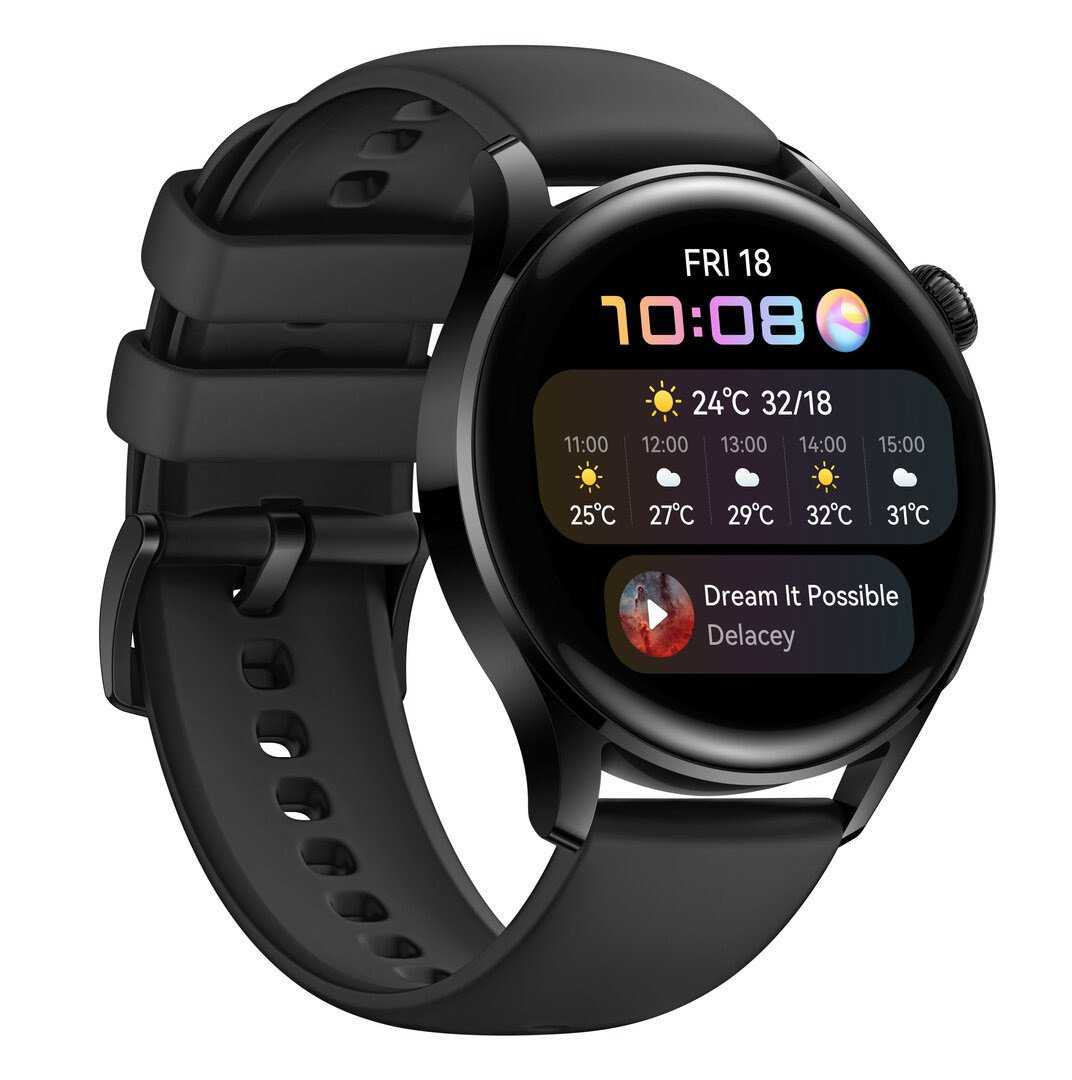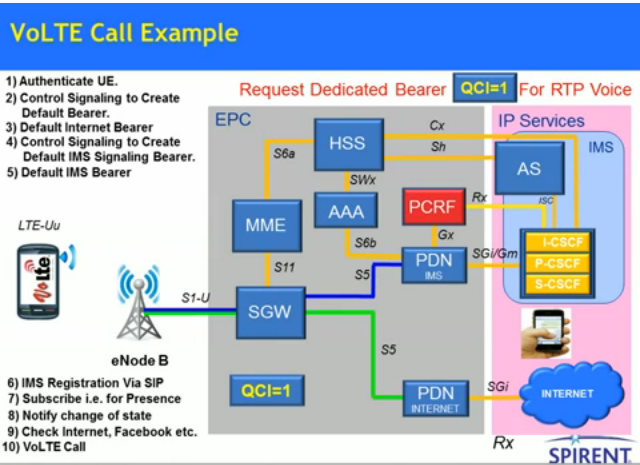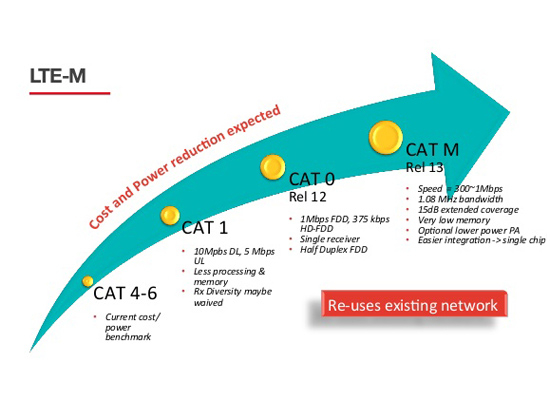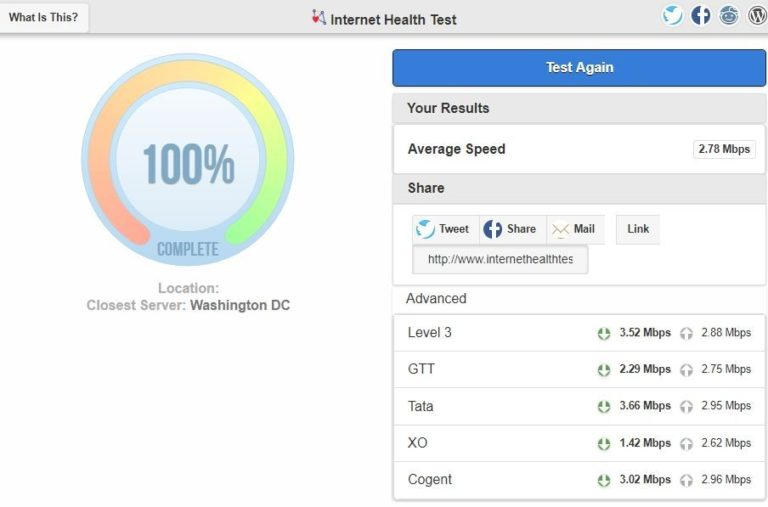
LTE smartwatches are revolutionizing the wearable technology landscape, offering a level of independence previously unseen in smart devices. The LG Watch Urbane Second Edition, featuring built-in LTE connectivity, stands out as a breakthrough within the Android Wear ecosystem. With this innovative smartwatch, users can enjoy essential features like making and receiving phone calls directly from their wrists, transforming the traditional notion of timepieces. This device marks a significant departure from its predecessors, which heavily relied on paired smartphones for functionality. As we delve into the world of standalone smartwatches, we explore the advantages and challenges that come with this exciting new technology.
In the realm of advanced wearables, standalone smartwatches equipped with LTE capabilities signify a major leap forward in how we interact with technology on the go. Devices like the LG Watch Urbane Second Edition showcase how the integration of cellular connectivity can enhance the smartwatch experience beyond mere notifications and fitness tracking. These innovative wearables allow users to remain connected without needing to constantly reach for their smartphones, facilitating a more seamless experience in today’s fast-paced environment. As we unpack the implications of this technology, it becomes clear that such watches not only serve as stylish accessories but also embody the growing trend of disconnecting from our phones while staying accessible.
The Rise of LTE Smartwatches: A New Era of Wearable Technology
In recent years, the demand for standalone smartwatches has surged, particularly with the introduction of LTE connectivity. The advent of devices like the LG Watch Urbane Second Edition marks a transformative moment in wearable technology, as it allows users to experience the freedom of having access to data without being tethered to a smartphone. This shift not only appeals to tech enthusiasts but also to consumers looking for practicality in their devices. With an LTE-enabled smartwatch, such as the LG Watch Urbane, users can receive notifications, stream music, and even make calls directly from their wrist.
However, transitioning to a truly independent smartwatch experience raises critical questions. While the convenience of LTE connectivity sounds appealing, the implications of integrating this technology into wearable devices are profound. The increased size and power requirements for LTE features can lead to bulkier designs, which may deter potential buyers. Moreover, as more manufacturers explore LTE options for their smartwatches, the user experience may be impacted by expensive data plans and battery life concerns.
The Pros and Cons of LTE Connectivity in Smartwatches
The primary benefit of an LTE smartwatch lies in its independence. Users can communicate and access information without needing their phones nearby. This is particularly advantageous for fitness enthusiasts who prefer to leave their devices behind during exercise sessions. The LG Watch Urbane Second Edition and other LTE smartwatches enable functionalities like voice commands, GPS tracking, and offline music playback. These features enhance the overall experience by allowing users to engage with technology seamlessly on-the-go.
Nevertheless, transitioning to LTE connectivity isn’t all seamless. Users must consider the added bulkiness of such devices, as components like cellular modems and batteries can increase the size and weight of the smartwatch—something that many consumers have already criticized about existing Android Wear smartwatches. Additionally, the price point for LTE-enabled models inherently becomes higher, prompting buyers to contemplate the long-term value of investing in devices that may require additional service fees for cellular connections.
Fashion Meets Function: How the LG Watch Urbane Balances Style and Utility
A smartwatch’s aesthetic is equally as important as its functionality, especially when consumers seek tech that seamlessly integrates into their daily lives. The LG Watch Urbane Second Edition attempts to balance fashion with the robust capabilities of a standalone device. By using premium materials and a refined design, it aims to appeal to users who want a gadget that looks sophisticated on their wrist. This focus on design can enhance the allure of LTE smartwatches and encourage adoption among fashion-conscious consumers.
However, the introduction of LTE features complicates the traditional approach to smartwatch design. With the need for a SIM card slot and a larger battery, the LG Watch Urbane’s design inevitably sacrifices some aspects of elegance for practicality. Many users may find that the relatively bulky design is off-putting compared to slimmer models in the Wear OS lineup. Though it may boast advanced features, it’s critical for manufacturers to acknowledge that many buyers prioritize style just as much as functionality when selecting a smartwatch.
Understanding the Market Trends: Smartwatch Consumer Behavior
The smartwatch market is rapidly evolving, with numerous brands introducing innovative devices that cater to a wide range of consumer needs. The emergence of LTE smartwatches represents a significant trend that highlights the shift towards standalone devices. Consumers are increasingly seeking wearables that don’t require constant pairing with smartphones, which reflects a growing desire for more autonomy in personal technology.
While there is excitement in the market, skepticism also persists. Many consumers question whether the added features of an LTE smartwatch truly justify the costs. For example, the LG Watch Urbane Second Edition’s pricing may deter potential users who fear becoming locked into expensive cellular contracts. Additionally, with the pace of technological advancements, today’s latest smartwatch can become obsolete in a matter of months. This uncertainty in value retention significantly influences buyer decisions in the wearable technology landscape.
Evaluating the Practicality of LTE in Everyday Life
In theory, incorporating LTE into smartwatches allows unprecedented convenience in everyday scenarios. Imagine jogging without your phone, yet still being able to receive notifications and stay connected at all times. For many users, this independence could fill a gap in their technology experience. Devices like the LG Watch Urbane Second Edition promise to bridge the gap between technology and lifestyle by allowing users to manage their digital lives more efficiently.
Nevertheless, practicality is often clouded by various factors. While features like call functionality on a wristwatch might appeal to some individuals, they raise real-world concerns regarding social etiquette and practicality. Can we comfortably converse using a smartwatch in various social contexts? Furthermore, consumers may find themselves questioning how often they would genuinely utilize such features. Thus, understanding the true advantages of LTE connectivity may vary significantly from user to user.
The Price of Convenience: Are LTE Smartwatches Worth It?
Cost remains a pivotal consideration in the decision to purchase an LTE smartwatch. While the LG Watch Urbane Second Edition represents a leap into the future with its standalone capabilities, the price may detract from its appeal. As technology often comes at a premium, potential users must weigh the benefits against the financial investment. Given that the wearable market is continuously evolving, buyers may be hesitant to invest in devices that could quickly become outdated.
Moreover, the ongoing costs associated with cellular data plans add another layer of complexity to smartwatch ownership. Users need to consider whether the long-term costs and technology requirements align with their personal budget and lifestyle preferences. Understanding this financial aspect is crucial for anyone contemplating the shift towards standalone LTE smartwatches, as many might feel that existing alternatives—without LTE functionality—sufficiently meet their needs.
Future Innovations: What’s Next for Smartwatch Technology?
The introduction of LTE into smartwatches represents just the tip of the iceberg when it comes to future innovations in wearable technology. As consumer demands evolve, manufacturers are likely to explore more robust features and improved designs that address current drawbacks. Potential advancements could include slimmer designs, enhanced battery life, and improved integration of health monitoring technologies, which could eventually redefine the wearable landscape.
Expectations are high for future releases, and companies will need to respond to consumer feedback regarding size, functionality, and pricing. If manufacturers, including LG, can deliver innovative solutions that address consumer pain points, they would likely see an increase in adoption rates. In a marketplace filled with possibilities, the forthcoming iterations of LTE smartwatches may just find the ideal balance between style, functionality, and practicality.
Consumer Sentiment: The Reception of the LG Watch Urbane LTE
As the LG Watch Urbane Second Edition enters the market as a pivotal LTE smartwatch, consumer reception has been mixed. Enthusiasts of wearable technology are excited about the prospects of a truly independent smartwatch, while skeptics voice concerns over size, aesthetics, and practicality. Early reviews suggest that while the device showcases impressive capabilities, its bulk may turn off potential buyers looking for something sleeker.
Additionally, consumer sentiment addresses the perceived value of owning an LTE smartwatch. With many satisfied with their existing Android Wear models, questions linger about whether the added capabilities are necessary or even beneficial. Ultimately, this feedback will be crucial in shaping future innovations and determining how well the LG Watch Urbane Second Edition can compete within a crowded market.
Final Thoughts: The Future of Standalone Smartwatches
As the market for smartwatches continues to evolve, the introduction of LTE technology signifies exciting possibilities for those seeking more independence from their smartphones. The LG Watch Urbane Second Edition may lead the charge, demonstrating the potential for transformative changes in how we interact with wearable technology. But as with any technology, the balance of functionality, aesthetics, and affordability will be key in determining its success.
Navigating the complex landscape of LTE smartwatches will require not just innovation from manufacturers but also an understanding of consumer needs and expectations. As we look ahead, it remains to be seen whether standalone devices will capture the interest of the masses or if they will remain niche products. Ultimately, the future of smartwatches lies in finding ways to enhance user experience while ensuring practicality remains at the forefront.
Frequently Asked Questions
What are the key features of LTE smartwatches like the LG Watch Urbane Second Edition?
LTE smartwatches, such as the LG Watch Urbane Second Edition, offer several key features including built-in cellular connectivity, which allows them to operate independently without a paired smartphone. Users can send and receive texts, make phone calls, and access data directly through the smartwatch. Additionally, these devices support popular smartwatch features like fitness tracking, music playback, and notifications from apps while providing the convenience of being a standalone device.
How does the LG Watch Urbane Second Edition compare to traditional Android Wear smartwatches?
The LG Watch Urbane Second Edition represents a significant evolution in Android Wear smartwatches by incorporating LTE capabilities, making it a standalone smartwatch rather than a companion to your phone. Unlike traditional Android Wear devices that require a smartphone for full functionality, this model can operate with its own cellular connection, enabling users to make calls and send messages anytime, even away from their phones.
What are the advantages of a standalone smartwatch with LTE connectivity?
A standalone smartwatch with LTE connectivity, such as the LG Watch Urbane Second Edition, provides the advantage of independence. It eliminates the need to carry a smartphone for essential functions like messaging and calls, allowing users to stay connected while exercising or during outings where they prefer not to carry a phone. This enhances usability and convenience for those who value wearable technology that operates seamlessly on its own.
Are there any drawbacks to using LTE smartwatches like the LG Watch Urbane?
Yes, while LTE smartwatches like the LG Watch Urbane offer impressive features, there are potential drawbacks. The device may be bulkier due to the additional components needed for LTE connectivity. The ongoing costs for cellular data plans can also add to the expense, making it crucial for users to evaluate whether the benefits outweigh the larger size and additional fees associated with having an LTE-equipped device.
Can LTE smartwatches replace smartphones in daily use?
While LTE smartwatches, like the LG Watch Urbane Second Edition, enhance connectivity and offer a range of functionalities, they are not likely to fully replace smartphones for daily use. They serve as a complementary device, providing quick access to notifications, calls, and messages without needing a phone, but many consumers still rely on smartphones for more complex interactions, tasks, and applications. Thus, an LTE smartwatch adds convenience rather than replacing the need for a phone.
What is the expected price range for LTE smartwatches like the LG Watch Urbane Second Edition?
The price of LTE smartwatches, such as the LG Watch Urbane Second Edition, is typically higher than that of traditional Android Wear models because of the advanced technology and LTE capabilities involved. While exact pricing details have yet to be confirmed, consumers can expect a premium price, likely exceeding $350, which would include considerations for cellular connectivity costs as well.
What limitations might users experience with the LG Watch Urbane’s LTE features?
Users of the LG Watch Urbane with LTE features might experience limitations, including battery life issues due to the additional power demands of continuous connectivity. Additionally, while users can make calls and send texts, the usability of these features depends on circumstances, such as needing a Bluetooth headset for phone calls in public. Therefore, while LTE capabilities are promising, the practicality in everyday life might vary.
How do LTE smartwatches enhance fitness tracking for users?
LTE smartwatches like the LG Watch Urbane enhance fitness tracking by offering GPS functionality, allowing users to track activities like running and cycling without needing to carry a phone. This upgrade supports better data accuracy and provides access to fitness apps in real-time, making it easier for users to monitor their workouts and stay motivated while engaging in physical exercise.
| Key Point | Details |
|---|---|
| Introduction of LTE Smartwatches | LG’s Watch Urbane Second Edition will feature built-in LTE connectivity, allowing it to function independently from smartphones. |
| Independence from Phone | This smartwatch can make and take calls, receive messages, and provide navigation data without needing a paired phone. |
| Potential Drawbacks | Concerns about size and bulk, as the watch needs a larger battery and SIM slot. |
| Fashion and Comfort | The band is permanently attached and heavier, potentially detracting from comfort and style. |
| Cost Considerations | Higher retail price and ongoing cellular plan costs might not justify the benefits for consumers. |
| Real-World Use | While cool in theory, practical use cases for calling on the wrist may be limited and socially awkward. |
| Conclusion | With the potential for LTE smartwatches like the LG Watch Urbane Second Edition, users must weigh the benefits against practicalities before embracing this new technology. |
Summary
LTE smartwatches, like the LG Watch Urbane Second Edition, represent a significant evolution in wearable technology. These devices promise enhanced independence by allowing users to make calls and receive notifications without a smartphone. However, potential drawbacks such as increased size, comfort issues, higher costs, and limited real-world practicality raise questions about their overall utility. As the market for smartwatches continues to evolve, consumers will need to consider whether the advantages of LTE connectivity truly warrant the trade-offs involved.



